HAIM LEVI
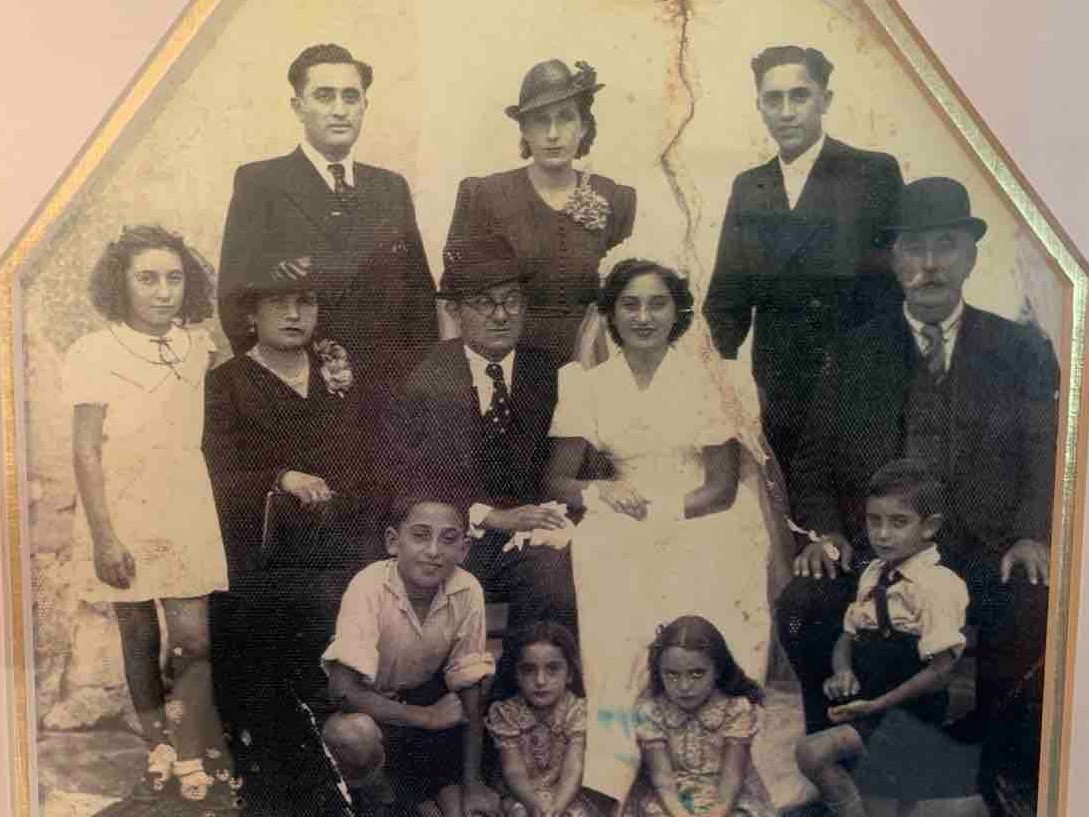
Haim Levi was born on 8 November 1922 in Shtip. His father Judejko (born in Shtip in 1885) and mother Maria (born in Salonika in 1885) had a large family of 10 children - 6 boys and 4 girls. Haim was the third child in the Levi family. His father was a sarraf (in Turkish this means “money changer”) and traded in gold, and his mother was a housewife. As a middle-class family, they had their own house in the center of Shtip, and later they opened a shop with agricultural products. At that time, schooling was expensive, and it was customary for the oldest child to inherit the craft and work in the family shop. But in the Levi family, the eldest son Pepo studied medicine in Belgrade, so Haim, as the younger brother, and the eldest of all, had to help with his father's shop. In Shtip, Heim finished the French school, and continued his further education in Skopje in 1936/37, only to later return to Shtip. His father died in 1939 of a heart attack, and his mother, together with the children Pepo, Besalel, David, Raul, Julie (who was married with a one-year-old child), Dora, Zhak and the youngest twin sisters Ester and Boni, who were 6/7 years old were deported in 1943 to the Treblinka death camp. In July 1941, in a bar in the Jewish neighborhood in Shtip, the first talks about organizing and acquainting of the Jewish youth from Shtip about the new situation started. The meeting was chaired by the already proven communists and activists Vasil Dogandziski and Kiro Kukushev. Haim Levi's organized activity begins after the arrival of Isak Sion from Ljubljana in the summer of 1941, who, under the direction of the Local Committee in Shtip, develops intensified party activity among the Jewish youth. During August 1941, Isak Zion organized a meeting in the house of the Levi family, attended by Pepo and Haim Levi, Avram Sion - the brother of Isak Sion, Isak Levi and Mois Sion. The group is the first organized educational group by the Jewish youth for agitation and propaganda against the fascist occupiers, ready for active participation in the armed uprising. Under the direction of the local committee, Haim organized another educational group during October 1941, which included young Jewish workers: Isak Levi, Baruh Levi, Birja Bonono and Zhak David Sion. Haim Levi organized two more educational groups in January and February of 1942. Haim Levi, as a member of the Party, led three groups with 12 members of the Jewish community, young people from SKOJ of Shtip. On 21 November 1941, Levi and Slavcho Stojmenski were caught and imprisoned in the famous November busting. Slavcho managed to escape from the prison one hour after his arrest. Levi was taken to Skopje and imprisoned, where he was subjected to severe torture. He endured all the tortures and with his resilience contributed to reduce the eventual busting further of the Shtip organization. On 6 February 1943 he was taken from Skopje to Shtip and brought before the Bulgarian Occupation Court. The trial lasted 4-5 days, but due to lack of evidence, Haim Levi was released and walked out of the prison in Skopje a few days later. But after coming to Shtip, he was apprehended again by the Bulgarian police and sent to the Bulgarian political-concentration camp "Yenikoj" in Xanti (today in Greece). At the end of 1943, Levi escaped from the “Yenikoy” camp and joined the anti-fascist struggle in Plovdiv as an illegal. There he served first as commander of a sabotage company and then as commander of a company in the Marash area. After the capitulation of Bulgaria, in September 1944, he joined the Macedonian Brigade "Goce Delchev" as a commissioner of a battalion. As a commissioner of the Pioneer Battalion of the 50th Division of the National Liberation Army of Yugoslavia, he took part in all the final battles and operations for liberation of Kochani, Shtip, Veles, Skopje and Tetovo. His memoirs record his birthday in 1944 when he entered the liberated hometown of Shtip, knowing that he would not meet any of his own from the large Levi family: “It was hard feeling knowing that you will not meet any of your own. Often at night, when I go to bed, I think about what was going on, how little is known, and tears will roll from my eyes about the cruelty I have endured" (interview for the Shoah Foundation in 1995). After the end of the War, he remained in Shtip for a year/a year and a half, and then he was transferred to Skopje in the 5th Army. In 1947, he was transferred to Nish as part of the IIIrd Army District, from where he was returned to Skopje. In 1959 he was re-assigned, this time in Sarajevo. There he retired as a colonel in the Yugoslav People's Army. He died at the age of 74 in Sarajevo on 1 September 1 1996. Haim Levi is a Champion Fighter, a bearer of a partisan remembrance plaque.
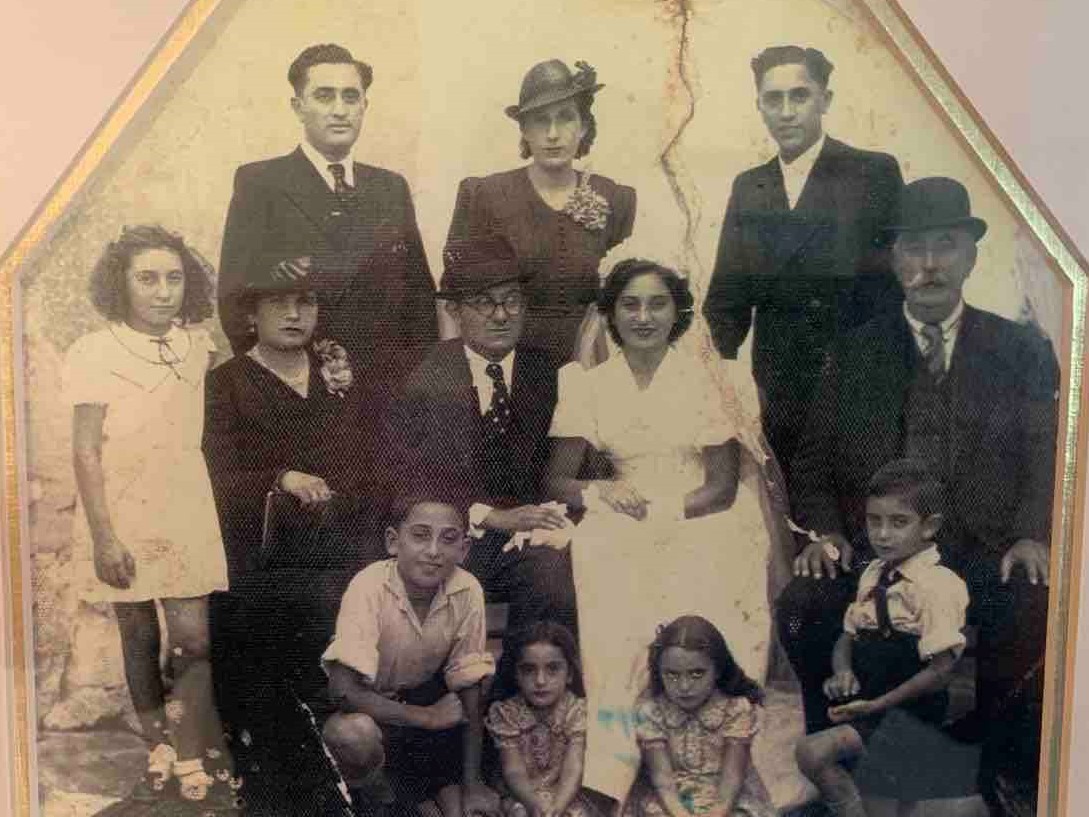
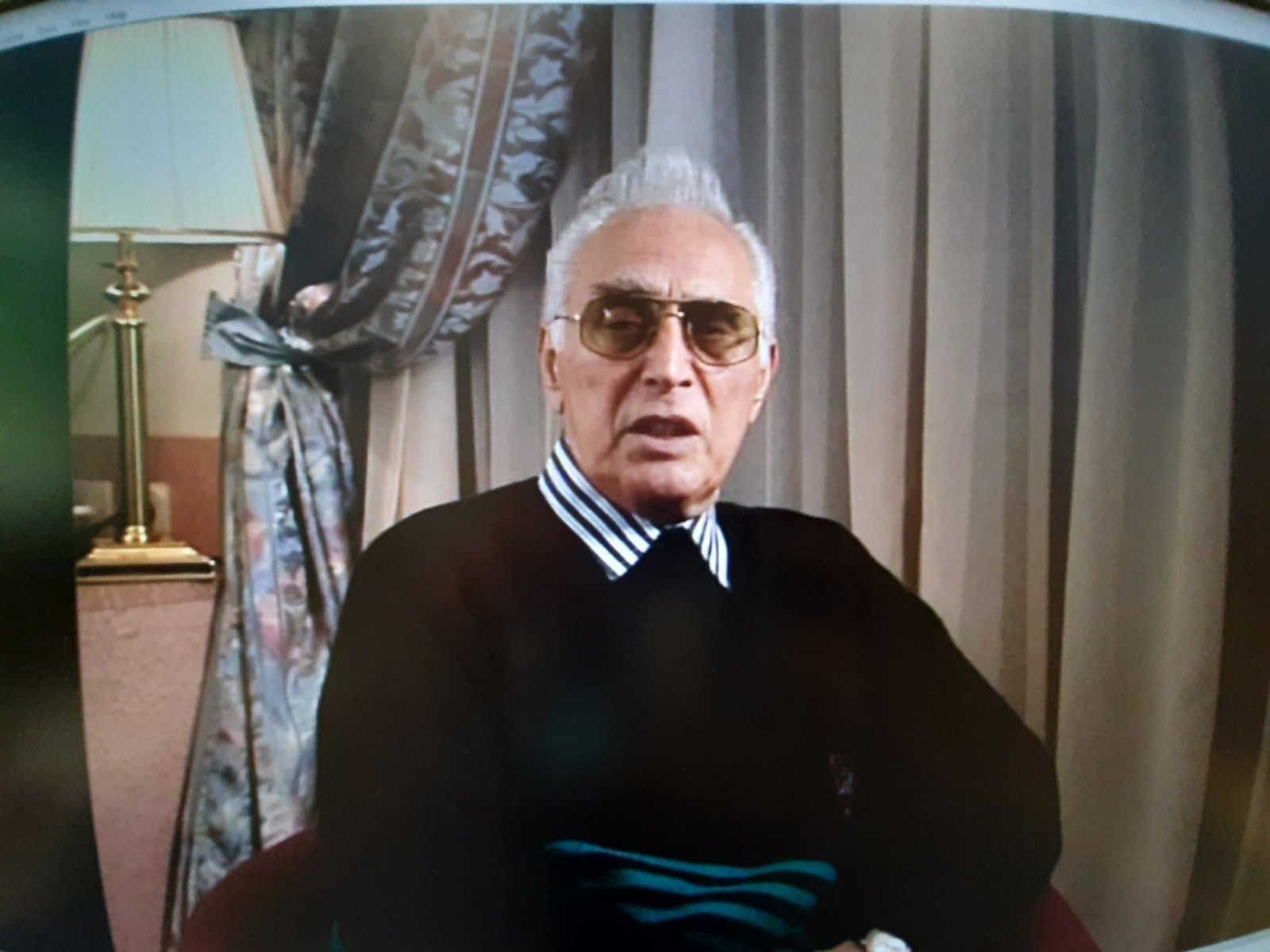
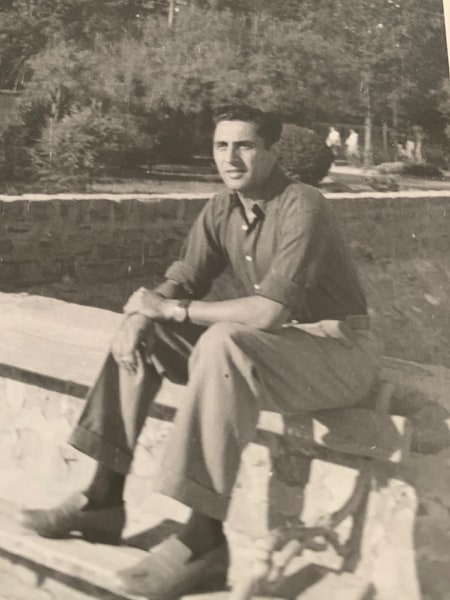
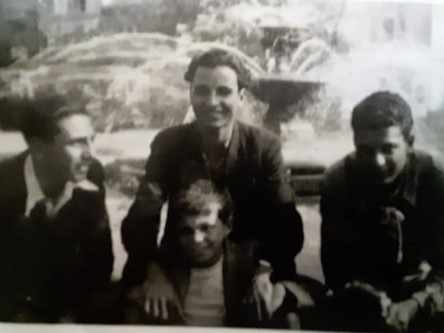




Share: << Back
Any help from you is more than welcome.
Donate to continue with the successful work and education




